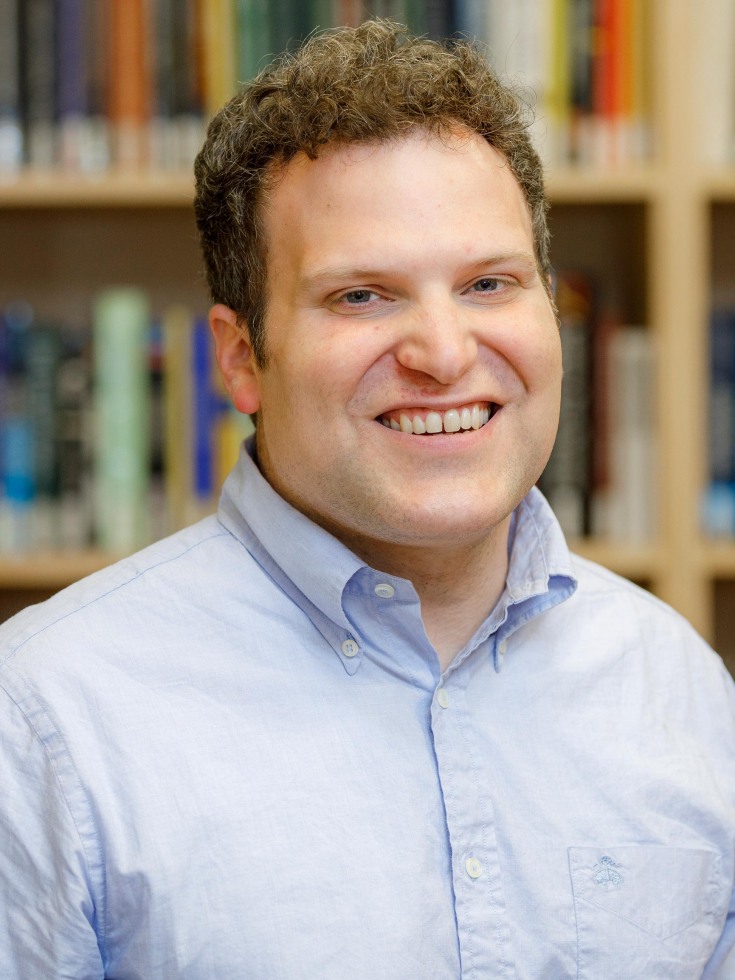With the COVID-19 pandemic escalating, Congress allocated $178 billion in emergency relief for hospitals, physicians and other providers in the Spring of 2020. While nearly all U.S. hospitals received at least some funding, $35 billion in enhanced aid was reserved for hospitals that treated especially high numbers of COVID-19 patients or served many low-income and uninsured individuals. But did these extra funds actually improve patient care or hospital operations?
A new study, published in JAMA Health Forum and led by Jason D. Buxbaum, an assistant professor of health services, policy and practice in the Brown University School of Public Health, takes an in-depth look at how the subset of qualifying hospitals used their extra funds. Over the course of a multi-year investigation, Buxbaum found that enhanced emergency COVID-19 relief funds led to improved financial stability, including higher profit margins and reduced borrowing, but did not result in detectable changes in hospital spending, staffing or care for Medicare beneficiaries.
Given the likelihood of another national health emergency, this work raises important questions about how emergency aid is allocated and whether future funding should be tied to specific requirements around patient care.
In this Q&A, Buxbaum, who is affiliated with the Center for Advancing Health Policy through Research, explains how hospitals used the emergency aid, and what lawmakers can learn from the pandemic-era funding efforts.
Your study found that hospitals didn’t spend the relief dollars on things like hiring more staff or using more expensive treatments. How did they use the money?
Buxbaum: Think back to early 2020. Hospitals were overwhelmed and overrun. Hospital finances were deteriorating as patients postponed deferrable procedures, like knee replacements; expenses were spiking and CEOs worried about making payroll. There's a saying in the hospital industry: No margin, no mission. My interpretation is that, with the Department of Health and Human Services essentially handing out blank checks, hospitals stayed laser-focused on financial viability. In practice, that meant smaller increases in borrowing.
So where did the money go? It's easier to say what it wasn't detectably spent on than what it was spent on, given variation in how hospitals fulfill federal reporting requirements. But looking at annual cost reports, there’s no sign that the additional relief led to increased staffing or more inpatient admissions. You might think the extra money helped hospitals care for sicker patients or offer more complex treatments like dialysis or ventilation — but there’s no evidence for that either.
Why is that a problem?
It’s a problem because resources are finite. A dollar that goes toward higher hospital margins rather than improved care could probably do better elsewhere. In this case, hospitals that qualified for the extra funding averaged $100,000 in total relief per bed — about twice that of hospitals that missed this funding.
Hospitals received extra aid because they served a large share of low-income patients, treated an especially high number of early-pandemic COVID-19 cases, or both. The study focused on hospitals that just barely qualified for the extra relief — meaning they met the funding cutoff by a slim margin — and compared them to similar hospitals that just missed out.
Heading into 2020, hospitals that just barely qualified for extra relief saw costs go up by 4.6% — almost the same as the 4.5% increase for hospitals just barely missing the cutoff. But the extra help didn’t demonstrably affect spending. Extra revenue without extra spending led to a 1.6 percentage point boost in operating margin compared to pre-pandemic levels for the enhanced relief hospitals. Meanwhile, margins stayed basically flat for hospitals just shy of receiving enhanced relief.
What does this tell us about the role of profit in health care?
On the one hand, we know from prior research that increased funding can show up as higher profit margins — not necessarily more care for low-income or uninsured patients — even among nominally non-profit hospitals. But another body of rigorous research suggests that increased hospital funding can improve care. So what does an extra hospital-directed dollar do? My study didn't detect changes in care for Medicare inpatients, which weighs in favor of this first body of work.
Is it possible — or even realistic — to separate financial incentives from care decisions in a system where hospitals have bottom lines to worry about?
No.
Hospitals are businesses of exceptional importance. But businesses, nevertheless. And businesses that focus on mission to the exclusion of viability don't last long. At the end of the day, we want our hospitals to deliver outstanding care. That takes sufficient staffing, adequate investment, and reserves to support resiliency. The macro-level challenge is ensuring that the $1.5 trillion we spend annually on hospital care adequately advances these aims without breaking the bank. Ultimately, the "right" level of spending is a political judgement. I hope my work informs those judgments.
What motivated you to investigate how COVID-19 provider relief impacted hospitals?
Well, $178 billion is an incredible amount of money. To put that in perspective, we spent $200 billion on our Army in 2020. In this sense, it's inherently worthwhile to understand what Americans got for this massive investment in our hospitals. And statistically speaking, the care system is almost certainly going to be overrun again. We need to be ready for the next time we're inundated with need by harvesting all the lessons of the COVID-19 pandemic that we possibly can.
How long have you been studying hospital and health care spending, and why did you get into it?
I’ve been fascinated by the hospital industry since I worked as an EMT during college some years back. Transporting patients, I enjoyed glimpses of these institutions and wanted to unpack how they operate — and how that $1.5 trillion serves inpatients, outpatients and communities.
